This article was medically reviewed by Farah Khan, MD. Dr. Farah Khan is a Board Certified Allergist and Immunologist who graduated from fellowship in 2020. She specializes in asthma, food allergy, skin conditions, and rhinosinusitis care, and treats both adult and pediatric patients. Dr. Khan holds an MD from Ross University School of Medicine. She completed her Pediatric Residency training at INOVA Children's Hospital and her fellowship at Virginia Commonwealth University. Dr. Khan is an active member of the American Academy of Allergy, Asthma and Immunology as well as the Clinical Immunology Society.
There are 13 references cited in this article, which can be found at the bottom of the page.
This article has been viewed 46,392 times.
For many allergy sufferers, spring allergies cause mild sneezing, itchy eyes, and even severe flu-like symptoms that can last for months. As early as the end of February in the Northern hemisphere, trees, grasses, and weeds release pollen into the air in order to reproduce. While pollen is the most common cause of spring allergies, outdoor mold can also be a factor. Fortunately, there are a range of techniques for preventing spring allergies whether you’re outdoors or at home. Being proactive about the time of day you go outside and knowing your peak allergy seasons will help. You can also improve your hygiene and cleaning practices to target allergens. Consulting with medical professionals is another effective way to take power over your allergies.
Steps
Managing Spring Allergies Outdoors
-
1Avoid going outdoors when pollen counts are at their highest. Pollen counts typically peak in the mornings, so it’s best to remain indoors between 5 a.m. and 10 a.m. On windy days, pollen is blown about the air, so it’s also a good idea to avoid going outdoors when it’s windy. Make sure to keep your windows shut and limit how often you open doors. This will help limit the amount of pollen that enters your home.[1]
- You can track the pollen counts in your area by contacting the National Allergy Bureau.[2] Typically, local news and weather stations also post current pollen counts.
- Avoid exercising outside. Try to avoid letting pets out for long periods of time when allergens are high, as they can carry pollen in their fur.[3]
-
2Wear a mask, especially when doing yard work. It might not be fashionable, but a mask will filter out some of the pollen and mold that gets kicked up when you’re mowing the lawn or weeding the garden. It’s also a good idea to wear a mask when you’re out and about on days with high pollen counts during peak season. If you can avoid it, don’t do yard work in the morning.[4]Advertisement
-
3Keep your car windows up when you’re driving. It’s tempting to roll the windows down to feel the breeze on a car ride, but during peak season, that breeze is loaded with allergens.[5] Instead, run the air conditioning to keep temperatures at a comfortable level. This will prevent most of the pollen, dust, and mold out from entering your automobile.[6]
- Be sure to point your air conditioner vents away from your face to avoid irritating your nasal passages and exacerbating your allergies.
Eliminating Allergens Indoors
-
1Change your clothes and wash your hair. When you get back to the house after being outside for a while, take a shower and wash your hair.[7] Your hair is a major carrier of pollen particles. Change your clothing as well, since pollen can cling to fabric and continue to produce symptoms long after you come indoors.[8]
-
2Conduct a thorough spring cleaning of your home. Allergens like mold and dust can lurk on shelves, around windows, and in heating vents, where they can wreak havoc during the spring season.[9] Deep clean your house just before the springtime in order to minimize indoor allergens. Consider getting your heating vents professionally cleaned every few years to eliminate potential allergens.
- Using natural products like vinegar, baking soda, rubbing alcohol, and lemon are a lot easier on your seasonal allergies.
-
3Vacuum and mop your floors regularly. You’ll have to double up your cleaning efforts during periods of high pollen counts: Mop at least once a week and vacuum twice weekly. Dust shelving before you mop and vacuum, working top to bottom to optimize your cleaning efforts. Wear a mask while vacuuming, since mold, dust, and pollen can be kicked into the air during the cleaning. If possible, use a vacuum with a HEPA filter.[10]
- A HEPA (high-efficiency particulate air) filter pushes air through a very fine mesh which traps pollen, pet dander, dust mites, and tobacco smoke. Vacuums with HEPA filters stir up less dust and trap more dust from their exhausts.
-
4Make your kitchen and bathrooms mold-resistant. Prevent mold and other allergens from growing by staying on top of cleaning these areas. Wipe down all surfaces at least weekly, and reduce lingering moisture in locations like inside the refrigerator, sinks, and bathtub. Use trash cans with insect-proof lids, especially in the kitchen, and store food in sealed containers. Keep track of when to get rid of items that are out-of-date or moldy.
-
5Keep pets off of beds and other furniture. Like your hair, pollen can cling to the fur of dogs and cats, and your furry friend can transfer those allergens onto bedding and upholstery. If you have pets that go outside, you may need to vacuum your floor even more often than twice a week in order to keep pollen at bay.[11] Give your pet a wash more frequently than normal, up to twice a month.[12]
-
6Dry your laundry inside. Avoid hanging laundry outdoors to dry during spring allergy season. Instead, use your dryer or invest in an indoor clothesline to use during these times of the year. Pollen can cling to sheets and clothing hanging on the line, and then be transferred into your home when the laundry is brought inside.
-
7Make your bed every morning. Making your bed and covering your sheets and pillows with a comforter, blanket, or duvet will keep allergens from settling on your pillow during the day. You should also wash all bed linens in hot water at least once a week (twice, if possible), to decrease the presence of allergens.[13]
Seeking Medical Solutions
-
1Take a regular antihistamine. If you’ve gone through all the preventative measures and still suffer allergies, consider taking an antihistamine regularly.[14] Take it thirty minutes before going outside in order to prevent allergy symptoms. Look for non-drowsy formulas to stay clear-headed all day. Remember to check with your doctor first about taking medications, and be sure to follow proper dosage instructions.[15]
-
2Get your allergies tested. Your doctor can either offer you an allergy test or refer you to a specialist. The most common allergy test is a skin test, in which a tiny amount of an allergen is pricked into the skin’s surface. If it becomes red or irritated, that means you’re allergic to the substance. It might seem a bit off-putting, but it’s essential to stop the guesswork and know exactly what your allergies are.
- It’s wise to consult an allergist/immunologist for proper diagnosis of seasonal and year-round allergies. An allergy specialist can help you understand your particular triggers and peak season(s).
- There’s also evidence that optimizing your care options with even a one-time consultation can decrease the financial burden of allergy management. That means it’s cheaper in the long run![16]
-
3Seek ongoing care. You might want to consider long-term consultation if you test positive for a diverse array of allergies and find it difficult to manage your symptoms on your own. Your allergist can also help you understand and manage allergies that persist over time despite your best efforts to control your environments. They can prescribe stronger antihistamines, nasal sprays, eye drops, and other means of improving your condition.[17]
Using Natural Preventatives
-
1Consume things that contain quercetin. Quercetin is an antioxidant that can prevent and relieve seasonal allergies by blocking cells from releasing histamine. It may also have anti-inflammatory properties. Quercetin is found in a variety of sources, including citrus fruits, onions, apples, dark berries and cherries, red wine, and tea. Dietary supplements containing the nutrient are also available.
- It's important to consult your doctor before making any changes to your diet. This applies whether you're eating more foods with quercetin or any other nutrient, or adding herbs or vitamin supplements to your diet.
-
2Break into the spice cabinet. While you’re looking for allergy relief in the kitchen, consider cooking your dinner a bit spicier than you normally would. Hot and spicy foods not only add more flavor but can thin out mucus secretions and clear out your nasal passages. Experts recommend spices like cayenne pepper, hot ginger, fenugreek, and garlic.[18]
-
3Cut down on foods that make allergies worse. Certain food can actually make pollen and ragweed allergies worse. Examples include melon, banana, cucumber, sunflower seeds, chamomile, and Echinacea. While you’re making your diet more allergy-friendly, look for even the slightest food intolerances which may cause hives or nausea. Eliminating foods that you’re mildly sensitive to will ease the burden on your immune system.[19]
-
4Consider taking butterbur. Butterbur is an herb that may work to relieve nasal allergy symptoms. One recent study showed that taking one butterbur extract tablet four times daily was as effective as popular antihistamine drugs.[20] The raw, unprocessed plant contains chemicals that can harm the liver called pyrrolizidine alkaloids (PAs). If you do pick up a butterbur product, make sure it’s labeled “PA-free.”
-
5Try a Neti pot. A Neti pot or saline rinse can rinse away bacteria, thin mucus, and help reduce postnasal drip. Clearing the mucus from your nose may help relieve your allergy symptoms. You can purchase a sterile saline rinse at most drugstores, or make your own.[21]
- To make your own saline mix, Mix 1/2 teaspoon salt with a pinch of baking soda in 8-ounces (237-mL) of warm distilled or sterilized water. Never use water that has not been sterilized.
- To use, lean over a sink, tilting your head to the side, and flush your upper nostril. Then turn your head to the other side and flush the other nostril.
-
6
Expert Q&A
-
QuestionWhy do I get allergies in the spring?
 Farah Khan, MDDr. Farah Khan is a Board Certified Allergist and Immunologist who graduated from fellowship in 2020. She specializes in asthma, food allergy, skin conditions, and rhinosinusitis care, and treats both adult and pediatric patients. Dr. Khan holds an MD from Ross University School of Medicine. She completed her Pediatric Residency training at INOVA Children's Hospital and her fellowship at Virginia Commonwealth University. Dr. Khan is an active member of the American Academy of Allergy, Asthma and Immunology as well as the Clinical Immunology Society.
Farah Khan, MDDr. Farah Khan is a Board Certified Allergist and Immunologist who graduated from fellowship in 2020. She specializes in asthma, food allergy, skin conditions, and rhinosinusitis care, and treats both adult and pediatric patients. Dr. Khan holds an MD from Ross University School of Medicine. She completed her Pediatric Residency training at INOVA Children's Hospital and her fellowship at Virginia Commonwealth University. Dr. Khan is an active member of the American Academy of Allergy, Asthma and Immunology as well as the Clinical Immunology Society.
Board Certified Allergist & Immunologist The biggest trigger for spring allergies is definitely tree pollen, and the levels of pollen are really high in the mornings.
The biggest trigger for spring allergies is definitely tree pollen, and the levels of pollen are really high in the mornings. -
QuestionHow can we stop pollen?
 Farah Khan, MDDr. Farah Khan is a Board Certified Allergist and Immunologist who graduated from fellowship in 2020. She specializes in asthma, food allergy, skin conditions, and rhinosinusitis care, and treats both adult and pediatric patients. Dr. Khan holds an MD from Ross University School of Medicine. She completed her Pediatric Residency training at INOVA Children's Hospital and her fellowship at Virginia Commonwealth University. Dr. Khan is an active member of the American Academy of Allergy, Asthma and Immunology as well as the Clinical Immunology Society.
Farah Khan, MDDr. Farah Khan is a Board Certified Allergist and Immunologist who graduated from fellowship in 2020. She specializes in asthma, food allergy, skin conditions, and rhinosinusitis care, and treats both adult and pediatric patients. Dr. Khan holds an MD from Ross University School of Medicine. She completed her Pediatric Residency training at INOVA Children's Hospital and her fellowship at Virginia Commonwealth University. Dr. Khan is an active member of the American Academy of Allergy, Asthma and Immunology as well as the Clinical Immunology Society.
Board Certified Allergist & Immunologist There's not really a way to stop pollen, but you can reduce your exposure to it. Keep your windows closed during high pollen levels and make sure not to bring it home by changing your clothes when getting back in, for example.
There's not really a way to stop pollen, but you can reduce your exposure to it. Keep your windows closed during high pollen levels and make sure not to bring it home by changing your clothes when getting back in, for example.
References
- ↑ http://www.webmd.com/allergies/guide/spring-allergies?page=3#2
- ↑ http://www.aaaai.org/global/nab-pollen-counts
- ↑ https://www.webmd.com/allergies/features/pollen-survival-guide#2
- ↑ https://www.webmd.com/allergies/features/pollen-survival-guide#2
- ↑ Farah Khan, MD. Board Certified Allergist & Immunologist. Expert Interview. 5 January 2022.
- ↑ https://www.cedars-sinai.org/blog/cleaning-reduce-allergies.html
- ↑ Farah Khan, MD. Board Certified Allergist & Immunologist. Expert Interview. 5 January 2022.
- ↑ https://www.webmd.com/allergies/features/pollen-survival-guide#3
- ↑ Farah Khan, MD. Board Certified Allergist & Immunologist. Expert Interview. 5 January 2022.
- ↑ https://www.mayoclinic.org/diseases-conditions/allergies/in-depth/allergy/art-20049365
- ↑ Farah Khan, MD. Board Certified Allergist & Immunologist. Expert Interview. 5 January 2022.
- ↑ https://www.mayoclinic.org/diseases-conditions/allergies/in-depth/allergy/art-20049365
- ↑ https://www.mayoclinic.org/diseases-conditions/allergies/in-depth/allergy/art-20049365
- ↑ Farah Khan, MD. Board Certified Allergist & Immunologist. Expert Interview. 5 January 2022.
- ↑ https://www.webmd.com/allergies/antihistamines-for-allergies
- ↑ http://www.aaaai.org/practice-resources/consultation-and-referral-guidelines
- ↑ http://www.aaaai.org/practice-resources/consultation-and-referral-guidelines
- ↑ https://www.webmd.com/allergies/features/natural-allergy-relief#2
- ↑ https://www.webmd.com/allergies/features/natural-allergy-relief#2
- ↑ http://www.webmd.com/allergies/features/natural-allergy-relief
- ↑ http://www.webmd.com/allergies/ss/slideshow-natural-relief
- ↑ http://www.webmd.com/allergies/ss/slideshow-natural-relief
- ↑ http://www.mayoclinic.org/healthy-lifestyle/nutrition-and-healthy-eating/in-depth/water/art-20044256
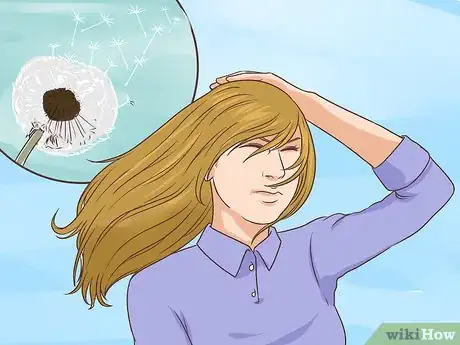
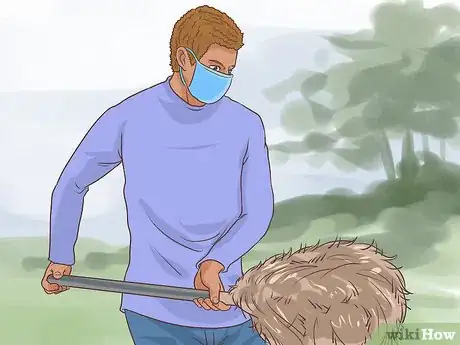



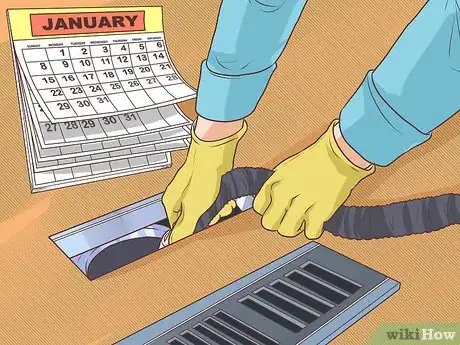
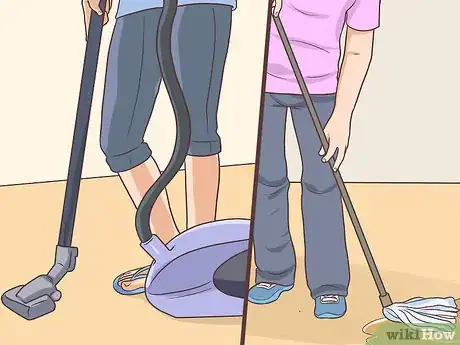


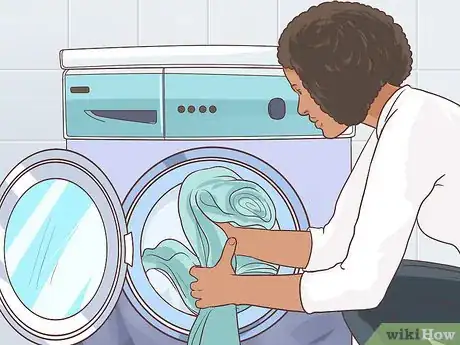
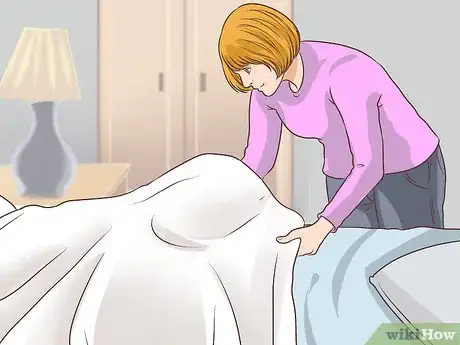





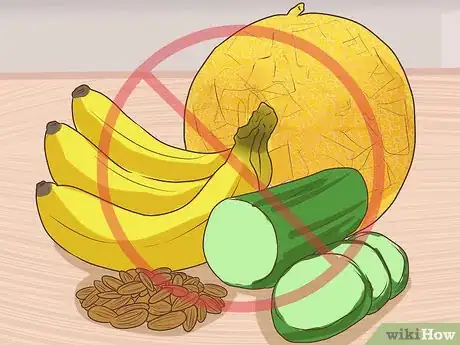

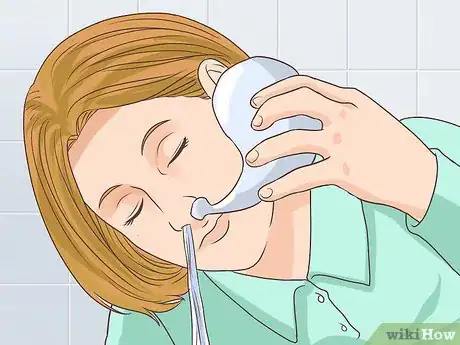

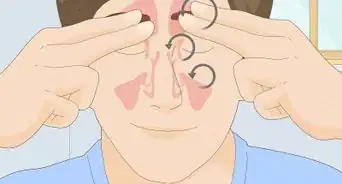

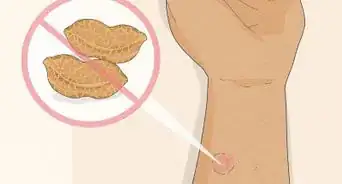

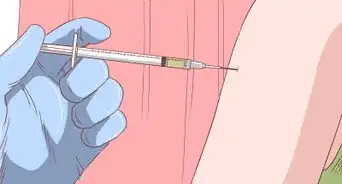



-Step-17-Version-3.webp)











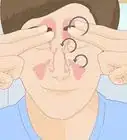

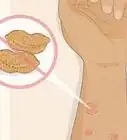




































Medical Disclaimer
The content of this article is not intended to be a substitute for professional medical advice, examination, diagnosis, or treatment. You should always contact your doctor or other qualified healthcare professional before starting, changing, or stopping any kind of health treatment.
Read More...